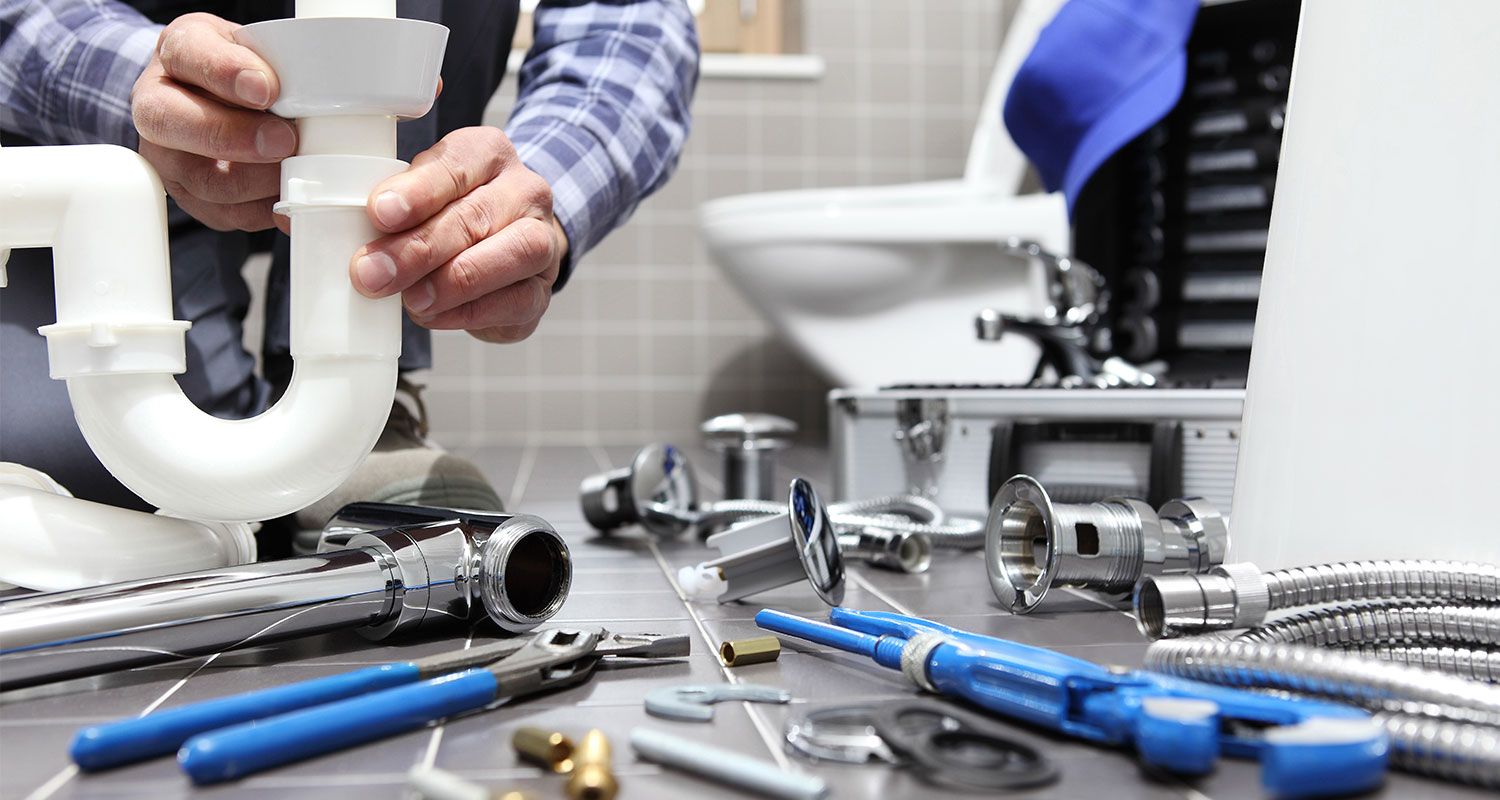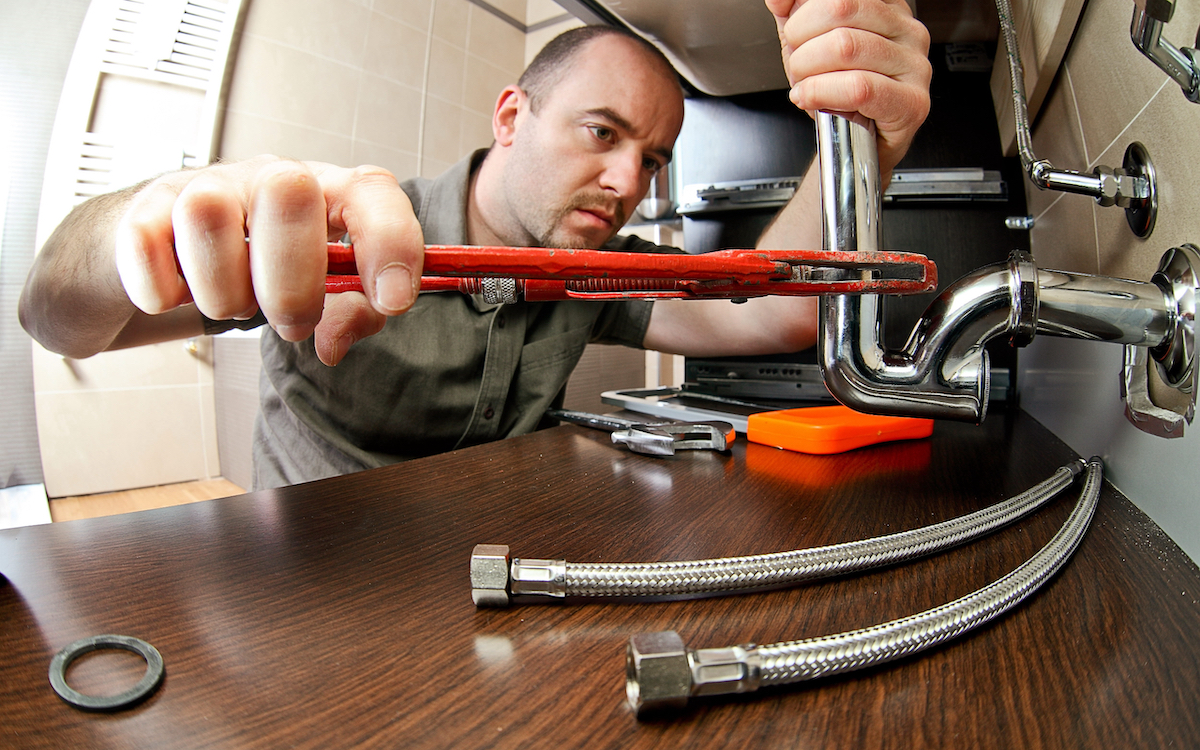Reliable Plumber Alabaster AL for All Your Emergency Demands
Reliable Plumber Alabaster AL for All Your Emergency Demands
Blog Article
A Detailed Overview to Effective Hot Water Heater Installation for Ideal Efficiency
Getting started on the task of setting up a water heater is a venture that requires precision and a methodical approach for accomplishing ideal efficiency. As you proceed, the ins and outs of connecting water supply lines and setting up trustworthy electrical or gas connections wait for, encouraging insights right into making sure effectiveness and integrity.
Selecting the Right Water Heating System

Following, think about the dimension and capacity of the water heating system. It's essential to evaluate your family's warm water demands, which can vary based on the variety of owners and their usage patterns. An unit that's as well little might cause inadequate warm water, while an extra-large design could cause unneeded energy usage.
Effectiveness scores likewise play a crucial duty in choice. Seek water heaters with high Energy Element (EF) ratings, indicating remarkable efficiency and minimized energy usage. Tankless models, though usually a lot more costly in advance, offer considerable energy savings over time due to their on-demand home heating capacities.
Preparing the Installation Area
Before installing a brand-new water heater, careful preparation of the installment area is crucial. It's vital to measure the area carefully to suit the water heating unit's measurements, making sure adequate clearance around the system for reliable operation and maintenance.
Examine the flooring for security, as the water heater will need a solid, level surface to run efficiently. If required, set up a drip pan below the system to catch potential leaks or spills, preventing water damage to the surrounding location.
In addition, make certain that all essential devices and products are on hand before commencing the setup. This includes items such as wrenches, screwdrivers, a level, and any kind of added hardware required for mounting and securing the heating system. A well-prepared installment location sets the foundation for an effective hot water heater setup, optimizing efficiency and security.
Connecting Water System Lines
When connecting water supply lines to your freshly set up hot water heater, it is important to make certain that all connections are secure and leak-free to preserve efficient procedure and avoid water damage. Begin by recognizing the chilly and hot water supply lines. The cool water inlet is normally marked with a blue tag or a "C", while the hot water electrical outlet is marked with a red tag or an "H".
Use versatile water heating system adapters to help with a less complicated setup process. Before connecting the ports, position a plumber's tape around the threaded ends of the water heating unit's inlet and electrical outlet pipelines.
As soon as connections are in place, slowly turn on the primary water shutoff. Inspect each link for leaks by visually checking and feeling for dampness. Tighten connections as necessary, and guarantee the pressure relief valve is correctly installed, securing versus too much stress accumulation.
Establishing Electrical or Gas Connections
Correctly setting up the electric or gas links for your water heating system is a vital step to make certain risk-free and efficient operation. For electrical water heating units, begin by confirming that the electrical circuit is suitable with the heating system's voltage and amperage needs.
For gas water heaters, security is paramount. Attach the gas line to the water heating unit making use of a flexible gas port, guaranteeing it is properly threaded and secured with pipe joint compound or Teflon tape appropriate for gas links.
Once connections are made, check for any kind of potential leaks. For gas lines, apply a soapy water option to the joints; bubbles show a leak. For electrical connections, verify that all circuitry is secure and correctly shielded, keeping compliance with regional electric codes.
Changing and checking for Performance
With the electric and gas links securely in position, the following action is reviewing the operational efficiency of your water heater. Begin by very carefully switching on the supply of water and making sure there are no leakages at any one of the joints or shutoffs. As soon as validated, continue to load the storage tank, focusing on the pressure and temperature level setups. It is suggested to establish the thermostat to an advised temperature level of around 120 ° F(49 ° C) to click for more info stabilize energy performance and convenience.
Next, execute a comprehensive inspection to ensure the home heating aspects or burner are working correctly. For electrical heating units, use a multimeter to verify if the components are drawing the suitable existing. In gas models, observe the heater flame; it should be blue and constant, indicating reliable combustion.
Readjust the setups as needed to eliminate inefficiencies. Think about executing insulation actions, such as adding a water heater covering, to further boost efficiency by reducing warmth loss. Additionally, examine the anode rod's problem, as a scrubby pole can decrease effectiveness and bring about storage tank deterioration.
Conclusion
Efficient water heater installation is vital for ensuring optimal performance and energy savings. Securely linking water supply lines and meticulously setting up electrical or gas connections reduce prospective problems.

Appropriately establishing up the electric or gas links for your water heater pop over to this site is an important action to make certain reliable and secure procedure. For electrical water heating units, start by verifying that the electric circuit is suitable with the heating unit's voltage and amperage needs. Attach the gas line to the water heater making click this site use of a versatile gas port, ensuring it is correctly threaded and secured with pipeline joint substance or Teflon tape ideal for gas links.
Report this page